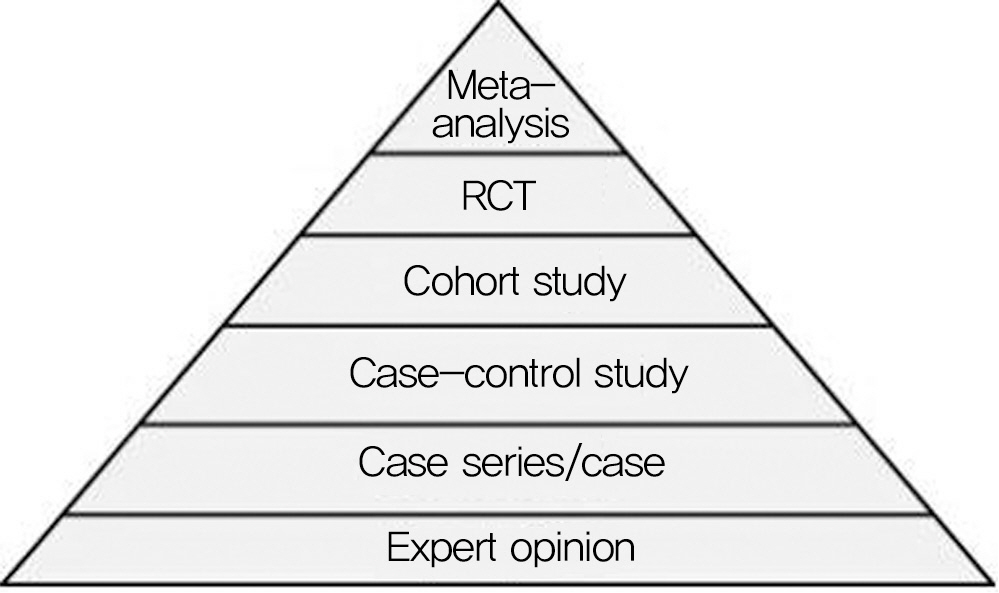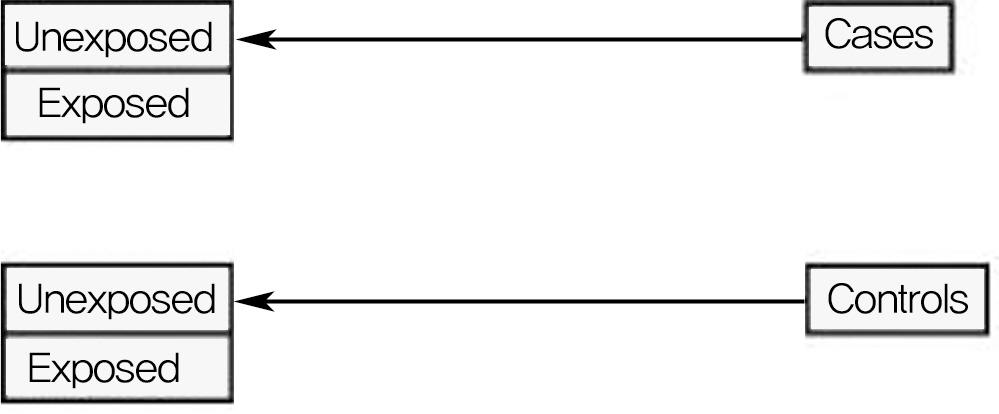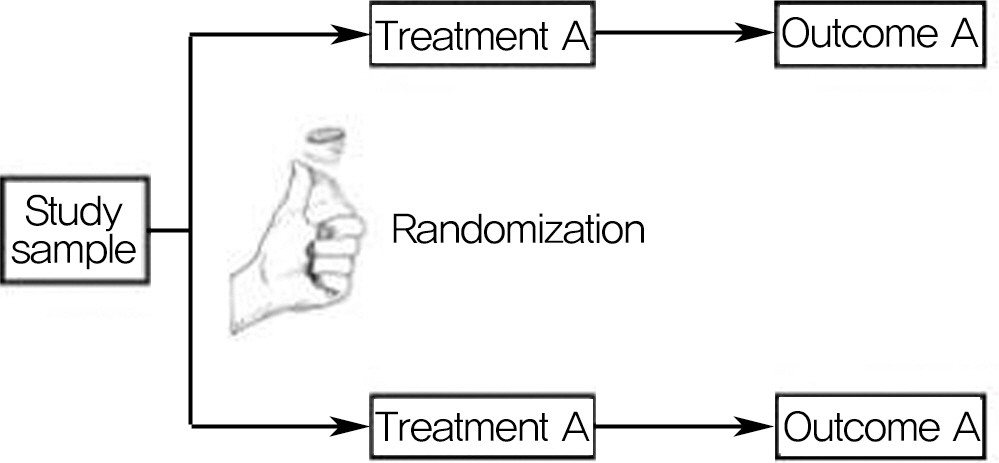J Korean Soc Spine Surg.
2011 Sep;18(3):174-178.
Evidence Based Medicine in Spine Surgery
- Affiliations
-
- 1Department of Orthopedic Surgery, School of Medicine, Kyungpook University, Daegu, Korea. bcpark@knu.ac.kr
Abstract
- STUDY DESIGN: A review of literature regarding evidence-based medicine in spinal surgery.
OBJECTIVES
To understand the philosophy of evidence-based medicine (EBM) in order to support clinical decision making. SUMMARY OF LITERATURE REVIEW: Evidence-based medicine is a commonplace phrase representing the hallmark of excellence in clinical practice. However, there has been misunderstanding and indiscriminate use of the concept of EBM in clinical practice. It is necessary to understand true philosophy of EBM.
MATERIALS AND METHODS
Narrative and review of the literature.
RESULTS
EBM is not for research to supplant individual clinical experience and the patients' informed preference but to integrate these factors with the best available research.
CONCLUSIONS
Treatment recommendations are no longer based on level of evidence, but also the risk benefit ratio and cost effectiveness.
Keyword
Figure
Reference
-
1. Fisher CG, Wood KB. Introduction to and techniques of evidence-based medicine. Spine (Phila Pa 1976). 2007; 32(19 Suppl):S66–72.
Article2. Schü nemann HJ, Bone L. Evidence-based orthopaedics: a primer. Clin Orthop Relat Res. 2003; 413:117–32.3. Sackett DL, Rosenberg WM, Gray JA, Haynes RB, Richardson WS. Evidence based medicine: what it is and what it isn't. BMJ. 1996; 312:71–2.
Article4. Petrie A. Statistics in orthopaedic papers. J Bone Joint Surg Br. 2006; 88:1121–36.
Article5. Cherkin DC, Deyo RA, Loeser JD, Bush T, Waddell G. An international comparison of back surgery rates. Spine (Phila Pa 1976). 1994; 19:1201–6.
Article6. Gibson JN, Grant IC, Waddell G. The Cochrane review of surgery for lumbar disc prolapse and degenerative lumbar spondylosis. Spine (Phila Pa 1976). 1999; 24:1820–32.
Article7. Gartland JJ. Orthopaedic clinical research. Deficiencies in experimental design and determinations of outcome. J Bone Joint Surg Am. 1988; 70:1357–64.
Article8. Sledge CB. Crisis, challenge, and credibility. J Bone Joint Surg Am. 1985; 67:658–62.
Article9. Obremskey WT, Pappas N, Attallah-Wasif E, Tornetta P 3rd, Bhandari M. Level of evidence in orthopaedic journals. J Bone Joint Surg Am. 2005; 87:2632–8.
Article10. Wright JG, Swiontkowski MF, Heckman JD. Introducing levels of evidence to the journal. J Bone Joint Surg Am. 2003; 85:1–3.
Article11. Wright JG, Einhorn TA, Heckman JD. Grades of recom-mendation. J Bone Joint Surg Am. 2005; 87:1909–10.
Article12. Smith GC, Pell JP. Parachute use to prevent death and major trauma related to gravitational challenge: systematic review of randomised controlled trials. BMJ. 2003; 327:1459–61.
Article13. Benson K, Hartz AJ. A comparison of observational studies and randomized, controlled trials. N Engl J Med. 2000; 342:1878–86.
Article14. Concato J, Shah N, Horwitz RI. Randomized, controlled trials, observational studies, and the hierarchy of research designs. N Engl J Med. 2000; 342:1887–92.
Article15. Carr AJ. Evidence-based orthopaedic surgery: what type of research will best improve clinical practice? J Bone Joint Surg Br. 2005; 87:1593–4.16. Fairbank JC, Couper J, Davies JB, O'Brien JP. The Oswestry low back pain disability questionnaire. Physiotherapy. 1980; 66:271–3.17. Roland M, Morris R. A study of the natural history of back pain. Part I: development of a reliable and sensitive mea-sure of disability in low-back pain. Spine (Phila Pa 1976). 1983; 8:141–4.18. Deyo RA, Diehl AK. Measuring physical and psychosocial function in patients with low-back pain. Spine (Phila Pa 1976). 1983; 8:635–42.
Article19. Bombardier C. Outcome assessments in the evaluation of treatment of spinal disorders: summary and general recommendations. Spine (Phila Pa 1976). 2000; 25:3100–3.





